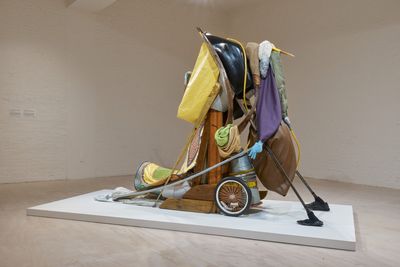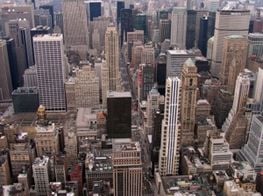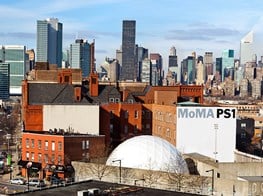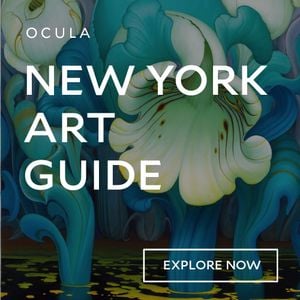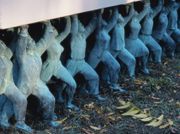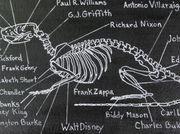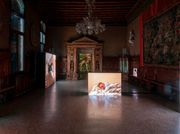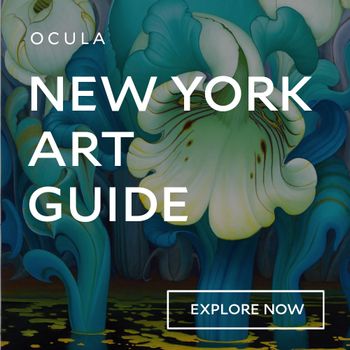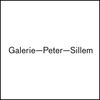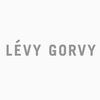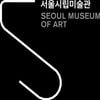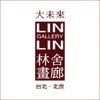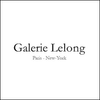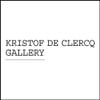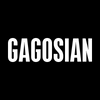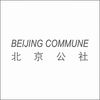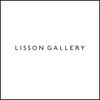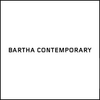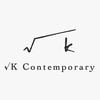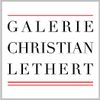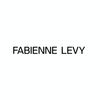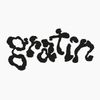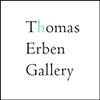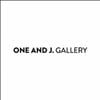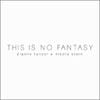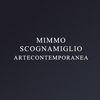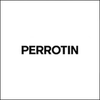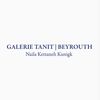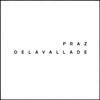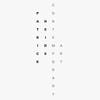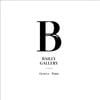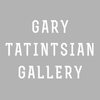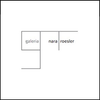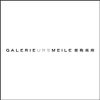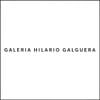Daniel Lind-Ramos' Pathways to Remembrance at MoMA PS1
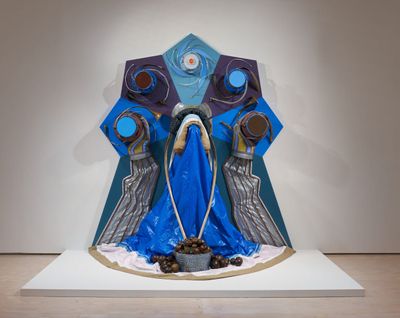
Daniel Lind-Ramos, Baño de María (Bain-marie/The Cleansing) (2018–2022). Wood, palm tree branches and trunks, lacquered coconuts, FEMA tarp, various textiles, tambourines, metal buckets, wooden chair, trumpets, hammers, metal cables, metal fan, plastic tubing, plastic hoses, metal wire, nails, pins, rope. 322.6 × 304.8 × 121.9 cm. Exhibition view: El Viejo Griot — Una historia de todos nosotros (The Elder Storyteller—A Story of All of Us), MoMA PS1, New York (20 April–4 September 2023). Courtesy MoMA PS1. Photo: Steven Paneccasio.
Afro-Puerto Rican painter and sculptor Daniel Lind-Ramos creates powerful assemblages that respond to his country's historical and contemporary experiences.
As an artist who has always lived and worked in Loíza, a coastal municipality in Puerto Rico founded by descendants of slaves brought through the transatlantic slave trade, Lind-Ramos incorporates found and gifted everyday objects into his art to offer pathways of remembrance for traditional practices and knowledge that provide sustenance.
Lind-Ramos' milieu provides a rich context to gather objects that speak beyond language to the realities of Black Puerto Ricans or afrodescendentes, who have been historically marginalised.
Lind-Ramos spent his entire life in Loíza, apart from leaving Puerto Rico to attain his MA at New York University in 1979 and undertaking an artist residency in Paris in 1989. This permanency of place gives him a cultural basis to render powerful and vibrant assemblages that explore themes of survival and cultural expression, while connecting land, stories, histories, and collective responses to colonialism and its ongoing aftermath.
In a recent article, the artist reflected on the importance of his setting: 'It was from the early 1990s that I started to use experiential objects from Loíza that commented on its history and of a narrative that referred to ancestral roots. I realised that this had to be an important element in the pieces because it somehow illustrated and still depicts our life experiences.'1
Daniel Lind-Ramos has spent his life creating poignant works imbued with a remarkable sense of care, play, and reverence.
Such experiences are often personal but also extend to the collective and national in Lind-Ramos' work. In 1797: Vencedor (1797: Victorious) (2018–2019), among works that garnered the artist wide praise at the 2019 Whitney Biennial, lacquered coconuts, sequined fabrics, farming implements, and other found and gifted objects create an equestrian statue.
The work references the British invasion of San Juan in 1797, which was defeated by Black militias from Loíza and Cangrejos. It exemplifies how, over several decades, Lind-Ramos has masterfully imbued his assemblages with the memory of collective strength and determination in the face of immense challenges.
The artist's current MoMA PS1 show in New York, El Viejo Griot — Una historia de todos nosotros (The Elder Storyteller—A Story of All of Us) (20 April–4 September 2023) is his largest U.S. exhibition to date and pulls together a range of works that explore the personal, communal, and regional themes the artist is known for.
Co-curated by former MoMA PS1 director Kate Fowle, Curator and Director of Curatorial Affairs Ruba Katrib, and Assistant Curator Elena Ketelsen González, 12 works reference centuries of Puerto Rican history while offering viewers an in-depth opportunity to witness how Lind-Ramos uses buckets, burlap, palm fronds, tools, pots, tarps, rope, and hurricane debris to construct powerfully resonant sculptures that express a maintenance of tradition by bringing ancestral bonds into the present.
At the entrance of the show, the assemblage El Viejo Griot (The Elder Storyteller) (2022–2023) seems to emerge from a wall, taking the form of a boat loaded with cargo. Gloves positioned over drums, thick rope, and wood oars reference El Viejo Griot, a character from Loíza's Fiesta de Santiago Apóstol.
The annual carnival involves people dancing, singing, and parading in masks and costumes, dramatising moments in Puerto Rican and Caribbean history—as seen in Talegas de la memoria (Sacks of Memory) (2020), a single-channel video on view in another section of the show.
In the video, the character El Vejigante (the Diablito-Trickster), played by a woman, returns to the site of her past enslavement to perform a cleansing act through her movements. Its music blends Taíno, Spanish, and African styles, acknowledging Loíza's cultural diversity and ties to ancestors brought into the present—a blending that El Viejo Griot (The Elder Storyteller) reflects in its assembled form.
The boat is loaded with colourful sacks that arch over the vessel. They bear stamps showing significant dates to the region, including Haiti's independence in 1804 and the Battle of San Juan in 1797, both of which represent Black victories over European domination.
Lind-Ramos' milieu provides a rich context to gather objects that speak beyond language to the realities of Black Puerto Ricans...
Addressing how the past is brought into the present, blue FEMA (Federal Emergency Management Agency) tarp—a recurring material in Lind-Ramos' work—is spread out before the sculpture. Here, blue tarp is used to signify the importance of the sea and fishing to the people of Loíza, but in other instances, it represents the U.S. government's inadequate response to Hurricane Maria, which devastated Puerto Rico in 2017.
Three magisterial works comprising Las Tres Marías, previously exhibited at the 2019 Whitney Biennial, integrate blue tarps and illuminate contradictions between the Virgin Mary's supposed protection, legacies of Indigenous and African deities whose role is to destroy and protect, and Hurricane Maria's utter destruction.
María Guabancex (2018–2022), named after the Taíno deity known as 'Lady of the Winds', is a careful arrangement of hurricane debris into the form of swirling winds. María de los Sustentos (Mary of Nourishment) (2021) addresses the experiences of Puerto Ricans coming together to sustain their livelihoods in the wake of Hurricane Maria.
But while the tarps may have offered protection in the immediate aftermath of natural destruction, their continued presence and use, dotting the landscape of Puerto Rico, represents centuries of persistent neglect.
Concerns for intergenerational transfer of knowledge and memory infuse works like Piñones (2013), where palm trunks, casseroles, steel plates, and rope are brought into a totemic sculpture honouring the mangroves and foods shared in Loíza.
In Figura emisaria (The Emissary) (2020), dried coconuts, burlap, steel, and concrete blocks are brought together to support a gifted yucca grater encased in glass, highlighting the importance of cherished heirlooms, cooking, fishing, and farming.
Armario de la Memoria (Cupboard of Memory) (2012) is a totemic sculpture with a TV standing in for a head, placed on top of meticulously arranged farming implements, dried coconuts, and palm tree branches, which vividly express the artist's interest in fusing contemporary detritus into shrine-like forms that call forth new futures.
Now entering his seventh decade, Daniel Lind-Ramos has spent his life creating poignant works imbued with a remarkable sense of care, play, and reverence. The power of his assemblages emanates from a practice grounded in his love for Loíza and embrace of the role of witness. 'My intention with this approach, among other things, is to remember,' Lind-Ramos has said.2
The artist's MoMA PS1 show, which closes with two debut commissions, is an irrefutable testament to this endeavour. Ambulancia (2020) [Ambulance (2020)] (2022–2023) shows a naked mattress spring, siren light, metal chairs, and wheelbarrow brought together to form an imagined emergency vehicle, echoing the artist's memory of death and crisis during the Covid-19 pandemic.
Similarly, Alegoría de una obsesión (Allegory of an Obsession) (2022–2023) incorporates objects used for sanitation, including mops, buckets, and bags to reference the ensuing pandemic obsession with cleanliness.
Taking the form of a figure busily engaged with cleaning, the work references a traditional character from one of Loíza's famed processions, La Loca (the Madwoman), who animatedly cleanses with her broom, adding a touch of humour in the face of trauma and perseverance. —[O]
1 Carlos Rivera Santana and Daniel Lind-Ramos, 'A Decolonial Aesthetic Proposal to the Whitney Biennial 2019: An Interview with Afro-Puerto Rican Contemporary Artist Daniel Lind-Ramos', ASAP/Journal, 6,1 (January 2021): pp. 17-27.
2 'Daniel Lind-Ramos in "Everyday Icons"', art21, 7 April 2023.

![Daniel Lind-Ramos, Ambulancia (2020) [Ambulance (2020)] (2022–2023) (detail). Wood armature, car bumpers, loudspeaker, emergency siren light, mattress bed spring, wheelbarrow, shovel, car brake lights, metal chairs, wood bed legs, car radiator, acrylic sheeting, lacquered tree bark, clothing, metal mesh, plastic textiles, burlap cloth, bedsheet, metal fasteners, flexible PVC tubing, metal clips, plastic tubing, shoes, rope, and wire. 254 × 335.3 × 121.9 cm. Exhibition view: El Viejo Griot — Una historia de todos nosotros (The Elder Storyteller—A Story of All of Us), MoMA PS1, New York (20 April–4 September 2023).](https://files.ocula.com/anzax/Content/Features/Daniel%20Lind-Ramos/DanielLindRamos16-2000x1334_400_0.jpg)
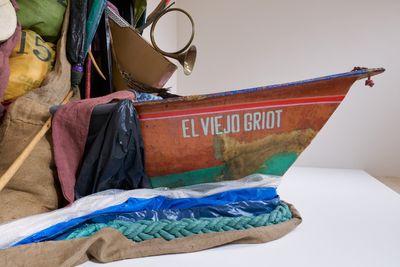
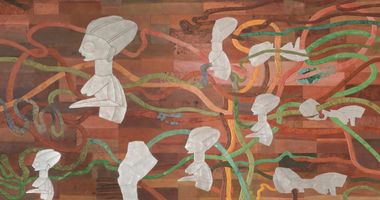
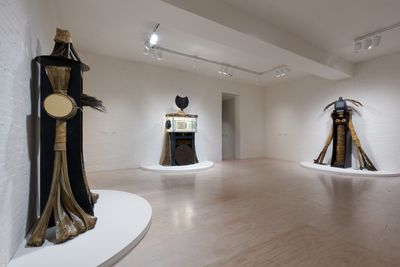
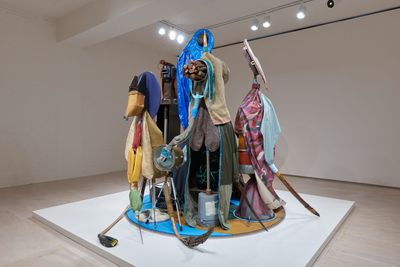
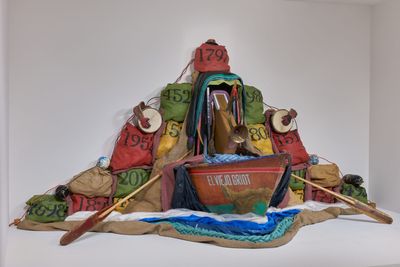
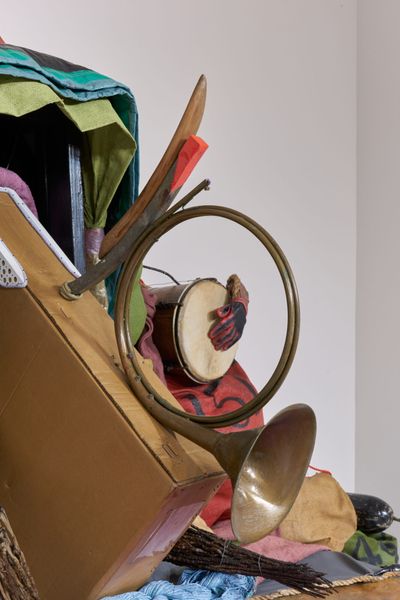
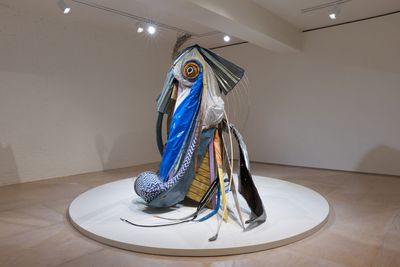
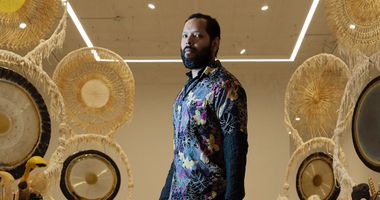
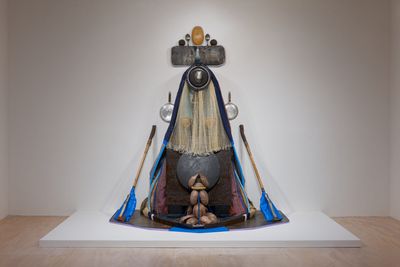
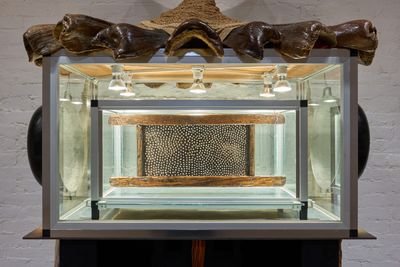
![Left to right: Baño de María (Bain-marie/The Cleansing) (2018–2022); Ambulancia (2020) [Ambulance (2020)] (2022–2023). Wood armature, car bumpers, loudspeaker, emergency siren light, mattress bed spring, wheelbarrow, shovel, car brake lights, metal chairs, wood bed legs, car radiator, acrylic sheeting, lacquered tree bark, clothing, metal mesh, plastic textiles, burlap cloth, bedsheet, metal fasteners, flexible PVC tubing, metal clips, plastic tubing, shoes, rope, and wire. 254 × 335.3 × 121.9 cm. Exhibition view: El Viejo Griot — Una historia de todos nosotros (The Elder Storyteller—A Story of All of Us), MoMA PS1, New York (20 April–4 September 2023).](https://files.ocula.com/anzax/Content/Features/Daniel%20Lind-Ramos/DanielLindRamos15-2000x1334_400_0.jpg)
